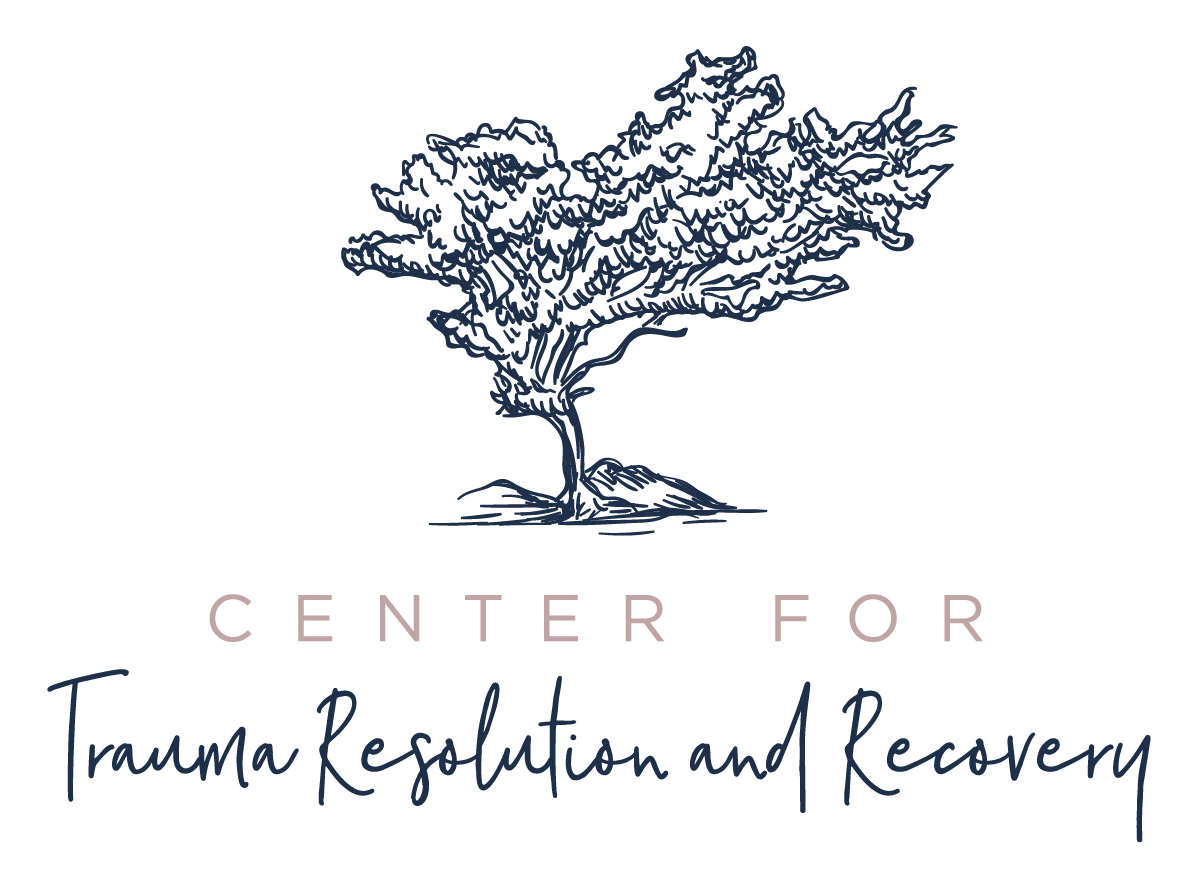Intent Vs. Impact: Navigating Boundaries with Religious Family Members
Written by CTRR Practitioner Nicole Clifton
To learn more about working with Nicole, click here.
For those navigating faith deconstruction, processing religious trauma, and pursuing personal healing, a common dynamic that arises is the realization of how family members or loved ones may have contributed to negative or unsustainable relationship dynamics.
This can be a challenging thing to wrestle with—knowing that people you love are saying or doing hurtful things that may cost you greatly as you try to navigate your own healing. While there may be some people who are aware that they are causing harm and do not care about the impact, there are plenty of our religious loved ones who believe they have good intentions in the way they are showing up in their relationships. However, something that is often forgotten is that malintent is not needed to create harm.
One of the most fundamental relationship principles I discuss with clients is the distinction between intention and impact. This principle applies to family relationships, romantic partnerships, friendships, colleagues, and more.
Intention refers to the motive behind someone's words or actions, while impact describes how those words and actions are experienced by another person.
We can have good intentions and someone can experience our choices in a positive way—the experience feels congruent. Conversely, we can have negative intentions, such as wanting to upset someone, and that person may still perceive it negatively—creating a negative impact that remains congruent.
However, interactions often occur where one person does not receive words or actions as intended. Sometimes even with good intentions, the other person may not have a positive experience. Positive intention certainly matters and can make a difference, but it may not erase the harm of negative impact; it cannot be used as an excuse to gloss over pain or to opt out of taking accountability.
If someone has a hard time accepting the “both/and” tension of intention vs. impact, they may also have difficulty accepting feedback and may resist the boundaries you wish to establish. Ultimately, they may not understand or agree with your boundaries, but they can learn to respect them.
Dr. Alexandra Solomon states, “Your boundary is the amount you can give with a regulated nervous system.” For those within high-control religions, determining this boundary can be incredibly challenging—especially if you were taught that your body and emotions were sinful and could lead you astray. Learning how to sit with the clues that your body is sending you about what feels safe vs. unsafe, or “safe enough” even if there is some discomfort, can be a very overwhelming process.
Sometimes referencing tools or books can be helpful as a starting point:
Tools like the BRAVING acronym from Dr. Brene Brown can be used to help us determine if we trust or don’t trust someone else and why, as well as ways to check if we are building trust with ourselves,
Or reading a book like Set Boundaries, Find Peace: A Guide to Reclaiming Yourself by Nedra Glover Tawwab can help when we are starting to learn about boundaries basics, different areas of our lives we may need boundaries, ideas to get started or phrases to use, etc.
Sometimes if setting boundaries is linked to our religious trauma—which is true for many people—extra support may be beneficial as you navigate your feelings, needs, boundaries, and the discomfort or change that may arise from establishing those boundaries. Ultimately, know that you are not alone in feeling like this healing process can be overwhelming. If you need extra support, we at CTRR would love to be in your corner and show up for you as you walk through this season of healing.
Nicole Clifton, MA is a practitioner at CTRR. She supports individuals navigating faith deconstruction, healing from purity culture, LGBTQIA+, religious trauma and adverse religious experiences, life transitions, boundaries work, identity, chronic illness/ableism, and body image.
Instagram: @nicoleclifton_inyourcorner
Facebook: Nicole Clifton
To learn more about working with Nicole, click here.

